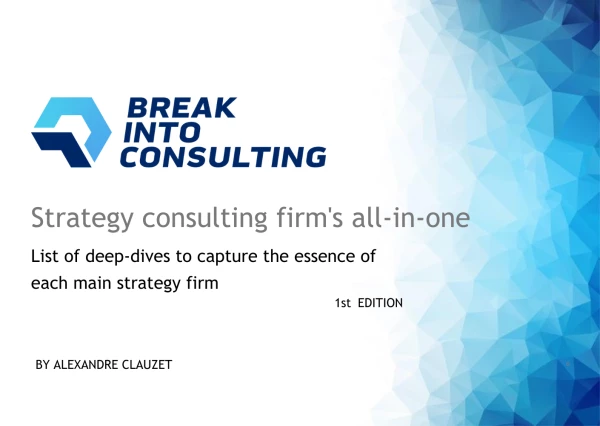Hello, I have recently been told to fix a few major red flags in an MBB, and within a short timeframe. These are the improvement points:
1. Reduce the number of work mistakes majorly (e.g. no careless errors in data, ensuring all analyses makes sense and has no discrepancies like using the wrong filter)
2. Always ensuring you account for next steps in your analyses. For example, if you are tasked with data validation, spot the discrepancies and also come up with potentially WHY it is so
3. Stop taking too long with analyses. Ensure that when you do work the first time around, it's already at least 90% correct, and not spot major mistakes when double checking
I'm trying to wrap my head around how do I go about this. Should I keep a sticky on my laptop to remind me of these mistakes? Should I have a book to always refer to for this checklist? It seems like a massive mountain to climb
Would really appreciate actionable advice on this, or also personal experiences if applicable on my improvement plan.
Thank you very much.













